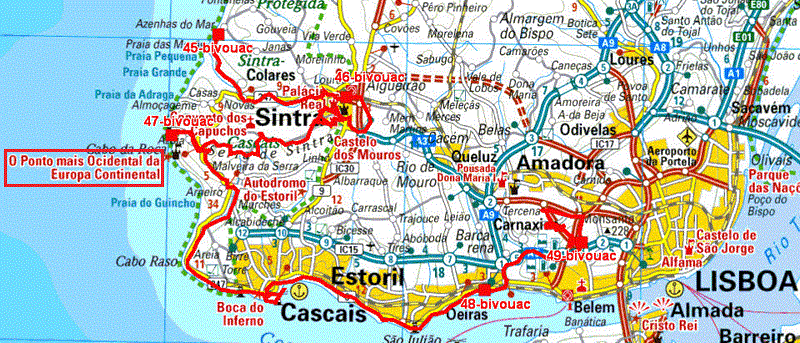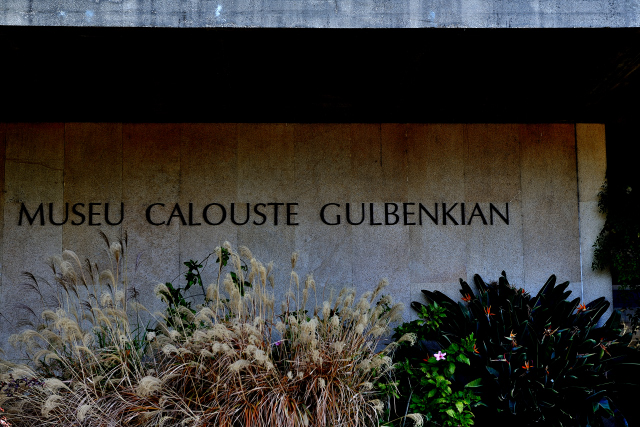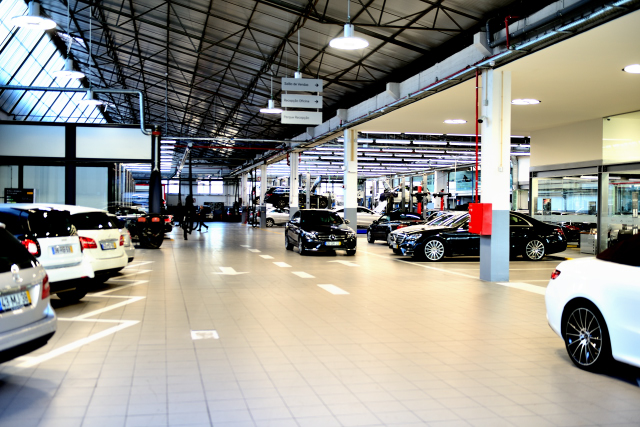Sintra
Sintra-1, Palácio Nacional, click on the pic for opening the gallery
On Monday, December 11 I arrived at Sintra in the rain by
intermittent gusts of wind. The city is registered with the world
heritage of UNESCO, here. It is built on cut hills of small valleys.
The historical center is at half an hour of walk away from the carpark of
the railway station. For this first day I took my marks in Posto de
Tourismo with the collection of the booklets and, the plan of the
city and the neighborhoods. Then I visited Palácio Nacional overlap
of several built buildings from the end of 14th to the beginning of
the 16th century with sumptuous azulejos. It is dominated by two
high conical chimneys. The pictures of the gallery were randomly
taken labyrinthine advance in the buildings. I fell in ecstasy in
front of a tapestry of young Julius Caesar in little skirt!
In the afternoon between two gusts of wind of rain I returned to my
vehicle to bivouac on the carpark.
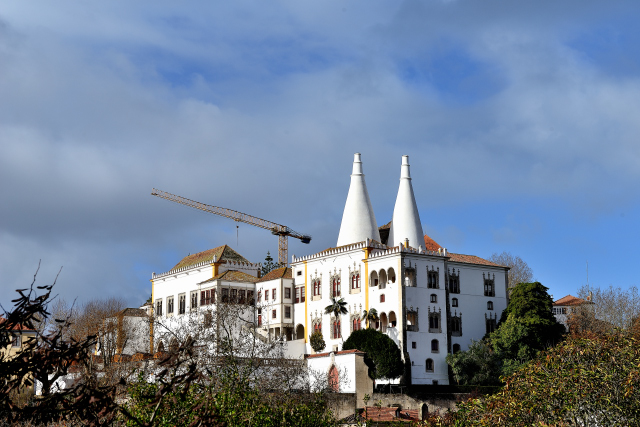
|

|
Sintra-2, Castelo dos Mouros, Palácio Nacional
da Pena, Convento dos Capuchos, click on the pic for opening the gallery
On Wednesday, December 13 I traversed the one-way road
to visit Castelo dos Mouros then Palácio Nacional da Pena. The
Castle of the Moors was built in 8th and 9th century of which
there remains only the enclosure as well as square towers. With far
Palácio da Pena is profiled on the horizon. This last with summon
tightened was built at the 19th century by the king Ferdinand II on
the site of an old hiéronymites convent. As in the other already
visited palaces the tour is arrow and labyrinthine. On the way
towards the coast of the Atlantic Ocean I stopped to throw an eye in
Convento dos Capuchos to which Spartans installations testify to
humility about Saint Francis of Assisi. I arrived at the beginning
of afternoon at Cabo da Roca which is the land-end of the
Indo-European plain. On stele are registered worms of poet Shine of
Camões (C. 1525-1580) which described the cap in Lusiades as
“Where the ground is finished and the sea starts”. I bivouacked on
the spot.

|
 |
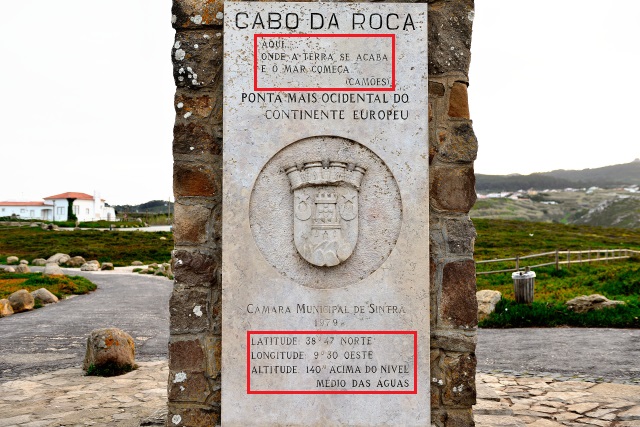 |
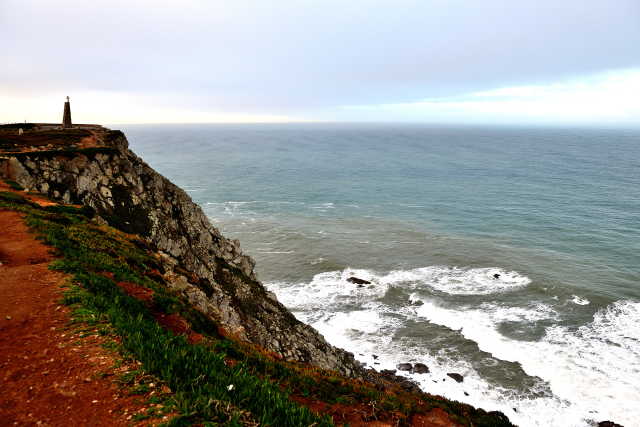
|
| Cabo da Roca is the most Western point of the continent of Europe |
Caxias
Wednesday, December 13 was a small driving morning
to approach Lisbon by a gloomy weather. As usually
I established the bivouac on a carpark vis-a-vis the
ocean.
Lisbon
On Thursday, December 14 I entered Lisboa. My primary target
was to find a Mercedes-Benz workshop to take appointment on Monday,
December 18 to carry out the periodic revision of my truck.
Then to take my marks in the suburbs of Amadora/Alfragide before to
install me at the Ibis Hotel for five nights in order to visit the town
of Lisbon suitably. Two monuments are classified a UNESCO World Heritage Site:
the Monastery of Hieronymites,
here,
and the Tower of Belem,
here.
Lisboa-1, Alfama & Baixa, click on the pic for opening the gallery
On Friday, December 15 I undertook the visit of the town of Lisbon.
The way since Ibis Hotel is around an hour by bus #714. I
started at the historical quarters of Alfama which was not
destroyed by the earthquake in 1755. The bus deposited me in Praça do
Comércio rebuilt after the earthquake under the authority of the
Marquis de Pombal. It is dominated by Castelo de São Jorge built at
the 5th century by the Visigoths increased by the Moors at the 9th
century then modified by Alphonse-Henriques after the Reconquista.
Its interest lies in the splendid panorama on the city per
clear weather what was the case at the beginning of morning before the
announced falls of rain. Then while following the trip of the
Green Guide I strolled from lanes ton lanes while going up and
down from the staircases! I finished this first part by the
cathedral, Sé Patriarcal, testifying with its two crenelated towers
that it was a a fortress of the time of the occupation by the Moors.
It has a very beautiful cloister as well as a remarkable treasure
of religious art. Way making towards Baixa, Centers Pombalin, I returned
to Praça do Comércio to go again in this district rebuilt by
the marquis. I stopped at the Café Martinho da Arcada to pay
homage to Fernando Pessoa who had his table there on which he wrote
Mensagem, collection of poems in Portuguese. While passing under
Arco da Rua Augusta I surveyed the street up to Praça de Dom Predro
IV occupied by a market of Christmas at the bottom of the statue of
king Dom Pedro and in front of Theatro Nacional Dona Maria II. Then
it was the astonishing neomanuelin frontage of Estação do Rossio. I
completed this first visit in Praça dos Restauradores with two
buildings, the Teatro Eden, Art-Deco, of 1937, and Palácio Foz of
the 18th century. To finish the iconic Hard Rock Café.

|
| Arco da Rua Augusta |
Lisboa-2, Belém &Chaido, Bairro Alto, click on the pic for opening the gallery
On Saturday morning I tried to travel early by bus to take
low-angled light on the monuments along Tagus, vain hope due to
the frequency and the journey time of the bus as the pollution
of the sites by tourists. It was initially the Monument of the
Discoveries started in 1940 under the Salazar dictatorship
symbolizing the prow of a ship with the Infant which opens up the
way for a bunch of characters, then the Tower of Belem built to
defend the entry of Tagus in 1515. Museu da Marinha, in a wing of the
Monastery of Hieronymites, dedicated to the past maritime of
Portugal, presents many models of boats. Mosteiro dos Jerónimos,
Monastery of Hieronymites, (monks of the order of St Jerome) are devoted to
the discoveries by Vasco de Gama whose tomb as that of Camões are
under the platform of church of Santa-Maria. Further away on the
quays, Museu Nacional dos Coches exhibits a large number of
horse-drawn vehicles from 16th to the 19th century including three
extravagant fit with body of 1716 for the de Fontes marquis, ambassador
near the pope Clement XI. In the afternoon I strolled in Chiado and
Bairro Alto by climbing the hills overlooking Tagus river. I stopped in
Museu Arqueológico da Igreja do Carmo sheltered in the church
destroyed at the time of the earthquake in 1755 with a superb sight
on Castelo de São Jorge. Rua Garrett in front of Café A Brasileira
throne the bronze statue of Fernando Pessoa little before Praça
Luis de Camões which was the theater of the Revolution of the
Eyelets, April 25th, 1974. At Alto de Santa Catarina draws up
the Adamastor's statue, the marine monster of Luisades de Camões.
In Bairro Alto, Igreja de São Roque was the theater of an artistic
representation under the paint ceiling representing scenes of the
Apocalypse. Finally in Miradoura de São Pedro de Alcântara I admired
splendid raptors with the gleaming plumage before taking the
bus in Praça da Figueira to ultimate stop in Padrão
dos Descobrimentos to take a hypothetical picture at the setting
sun on the Monument of the Discoveries, look at the front picture of the
site or the gallery, before returning to the hotel.
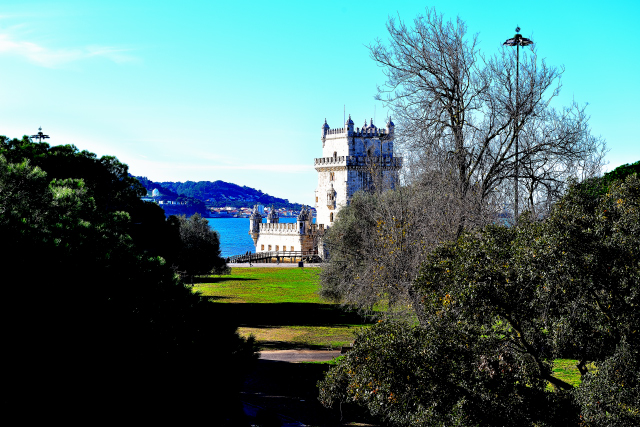
|
| Torre de Belém |
Lisboa-3, Les belvédères de Graça & le musée de l'Azulejo, click on the pic for opening the gallery
Sunday was still a beautiful day shone upon with however a fresh
temperature in the morning +6°C. I had plan to travel by the tram #28 E
to go up to Miradouro da Senhora da Graça, que nenni,
because there was a race on the hill! Consequently I climbed it by
adopting the step of the Alpine hunter. The panorama is dramatic
with as always in Lisbon, the Castelo São Jorge and the low city.
Then I descended it while visiting the churches neighborhood. They
were Igreja Convento de Nossa Senhora da Graça, Igreja de São
Vicence de Fora and its convent with its underground cistern as well as
Azulejos representing the fables by Jean de Lafontaine and Igreja de
Santa Engrácia transformed into Panteão Nacional gathering the
Portuguese celebrities, such as for example, Afonso de Albuquerque,
Amália Rodrigues etc Then at the beginning of afternoon Museu
Nacional do Azulejo installed in the old Madre de Deus convent.
Contrary to a generally accepted idea, the azulejos are not always
blue and white, but can be also polychrome. The artists of the 20th
century expose azulejos very tendency.
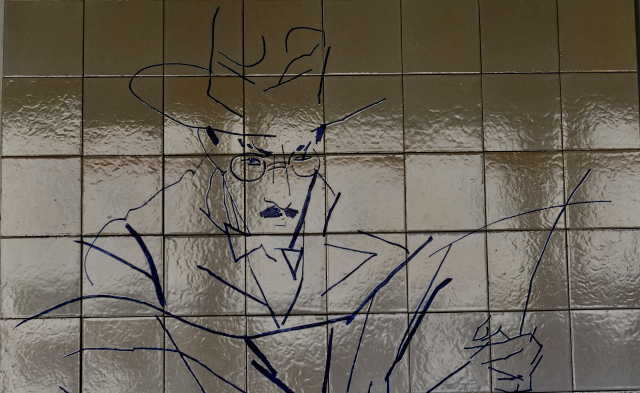
|
| Fernando Pessoa, Museu Nacional do Azulejo |
Lisboa-4, Museu Gulbenkian & Mercedes-Benz, click on the pic for opening the gallery
On Monday, December 18 I deposited my vehicle at 8:00 at
Mercedes-Benz in less than two kilometers from the Ibis hotel for
the routine maintenance before taking the bus #714 to go to visit
Museu Calouste-Gulbenkian,
here.
I was very impressed by the wealth
of the collections piled up by this Armenian rich person who settled
in Lisbon in 1942. The gallery gives of it a short outline by a
drastic selection of paintings. In the afternoon I made a jump in
the subway in the Oriente district to see the railway station by
the architect Santiago Calatrava and to lunch of a cod fillet in
Bacalhau. I recovered my vehicle around 16:30.
